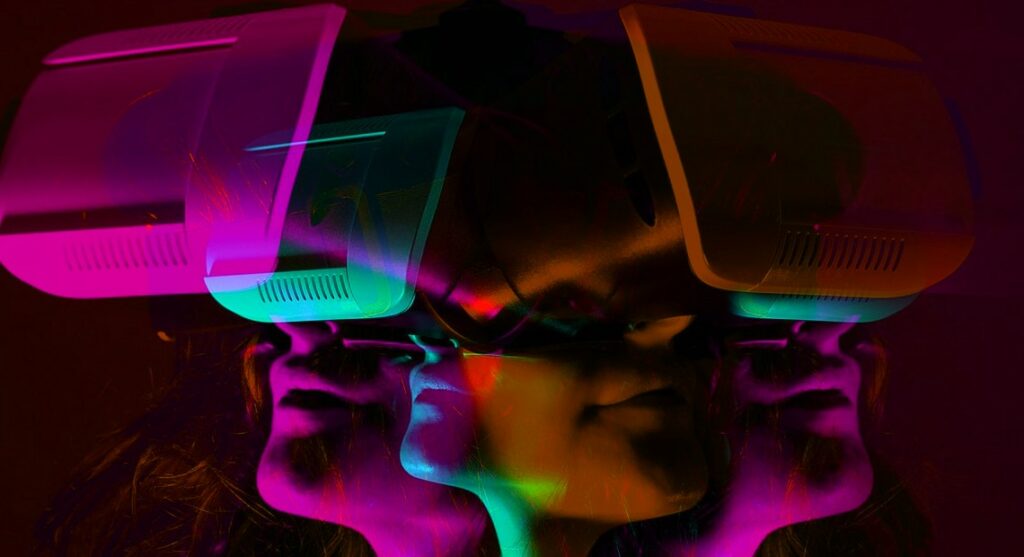When the global pandemic hit, Russell d’Sa was running product at Medium and recognized early on that with everyone working from home. This change also affected the company’s culture, affecting the relationships between employees.
Clubhouse was hailed as a new type of participatory media “that would transform everything” when it was first released in alpha version last year. He researched into how Agora was powering the app and started working on a desktop app for his concept. A huge social media business approached him about using his software for its 1,000-person operation. However they were concerned about Agora’s security.
As he began looking for options, he discovered that most focused on conferencing and didn’t provide native mobile flexibility.

D’Sa and his team created WebRTC.
This is how LiveKit came to be. D’Sa and his team, which includes co-founder David Zhao, created a free, open source infrastructure for developing. Additionally scaling real-time audio and video experiences in applications, known as WebRTC.
It began operations in July and today announced a $7 million seed round led by Redpoint Ventures and a collection of individual investors including Justin Kan, Robin Chan, and Elad Gil.
Despite being only five months old, the tool has gained traction on GitHub. Rising from zero to nearly 2,000 ratings, according to d’Sa. It is also establishing product market fit. Particularly as the metaverse becomes more popular.
“COVID altered the world,” he continued, “to the point where we now live online and even attend weddings through the internet”. “We have been living in the metaverse for more than two years.”
He feels that conference calls aren’t the way of the future. In addition that virtual and augmented reality will make calls more realistic. The problem is figuring out how to transport data quickly over the internet while still having an infrastructure that can handle cameras, microphones, and 3D objects.
Initial use cases for LiveKit’s live audio and video experiences have been cameras at events
Cameras at events were the first use cases for LiveKit’s live audio and video experiences. However a drone company is also using the technology. As the company increased in popularity, with over 100 projects using LiveKit. D’Sa decided to seek venture capital funding to expand the staff. Which had grown from three to fifteen since its start.
The company isn’t making money right now, but that will change as more capabilities become available, such as analytics, telemetry, spam and abuse monitoring, transcription, translations, and voice and face recognition.
The LiveKit team will then focus on technological development in order to make the tools more dependable, versatile, and accessible to developers and the use cases they are creating.
“The idea is to figure out a way to work even if the network is terrible,” d’Sa explained. “We talk to big and small businesses, and the biggest ones want huge scale to make multi-million-person events fully interactive.”









 and then
and then